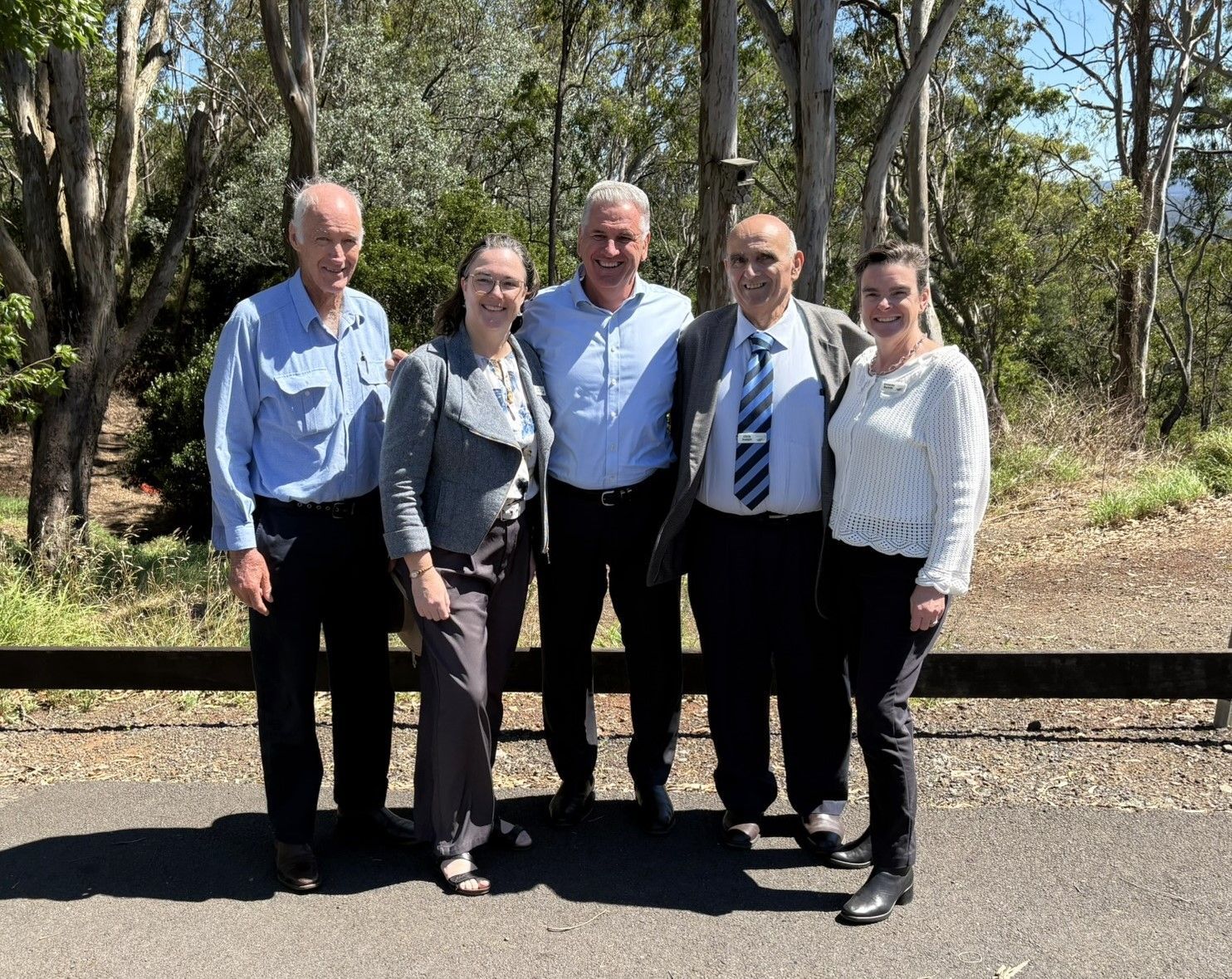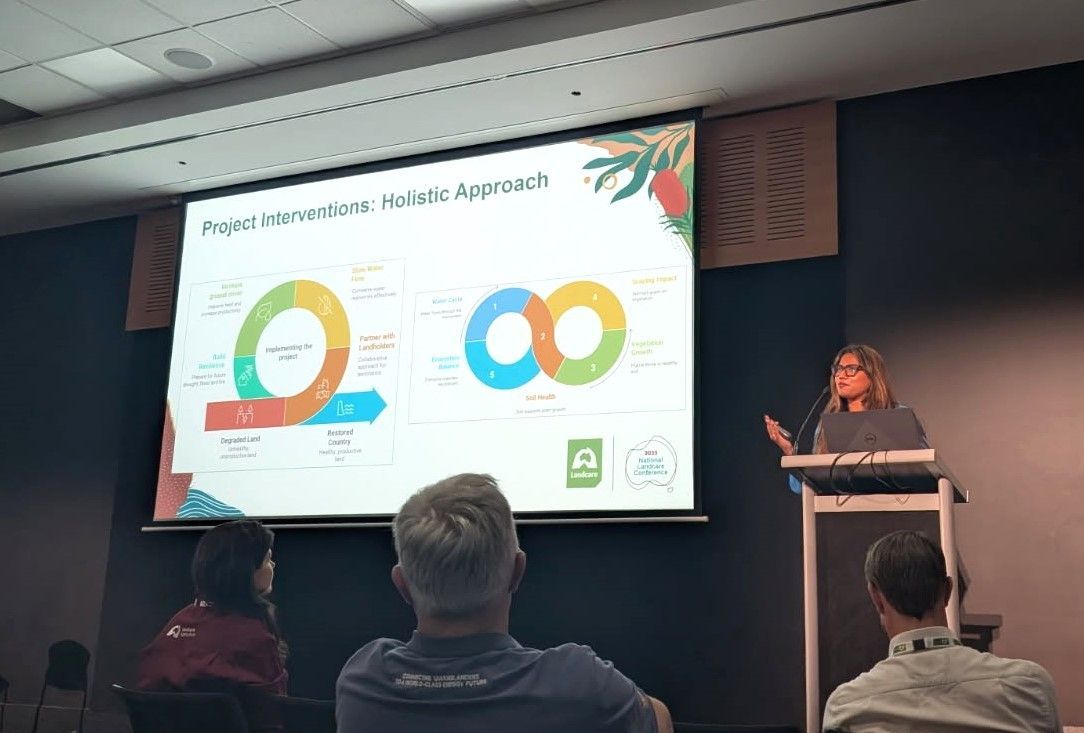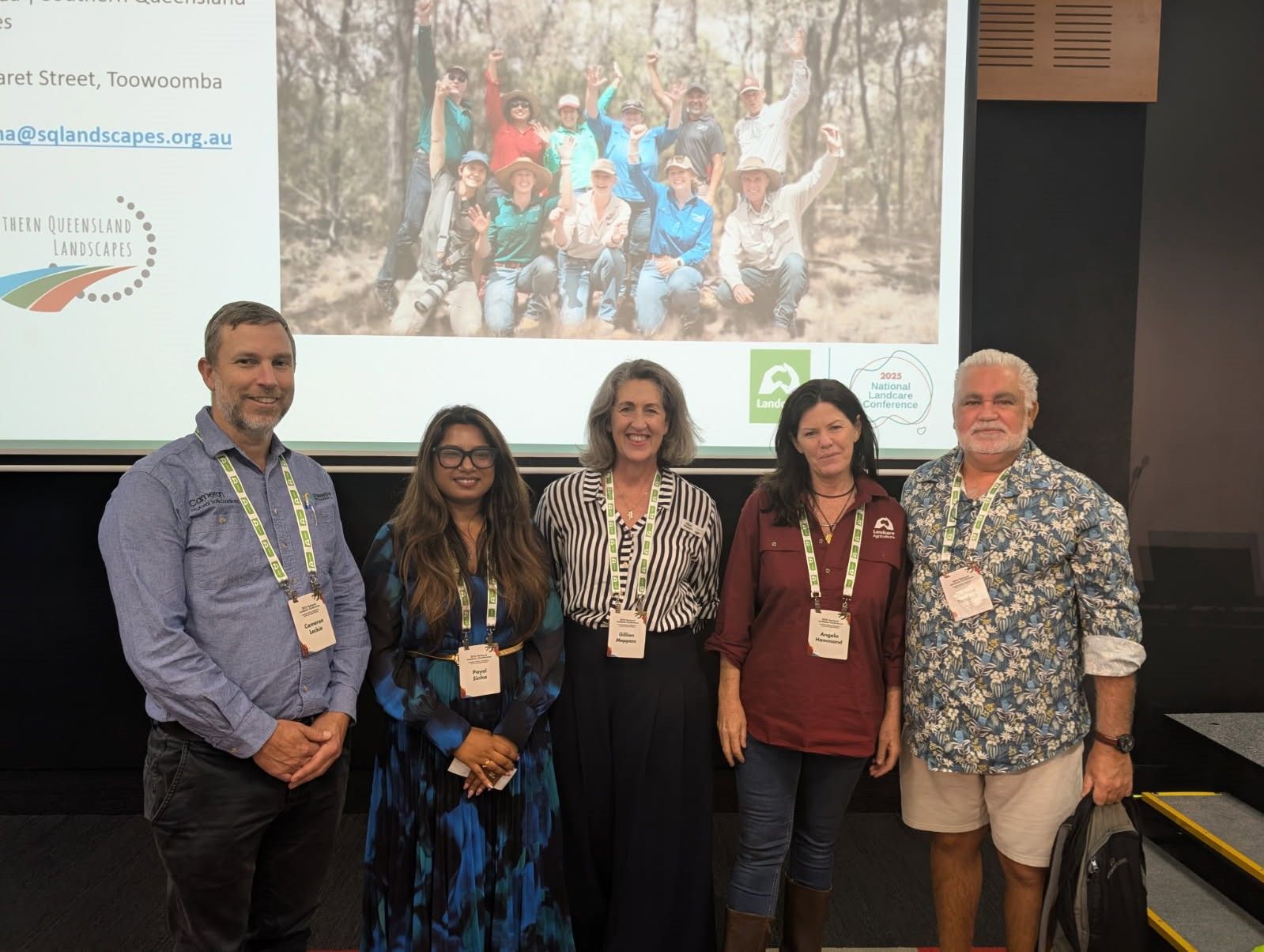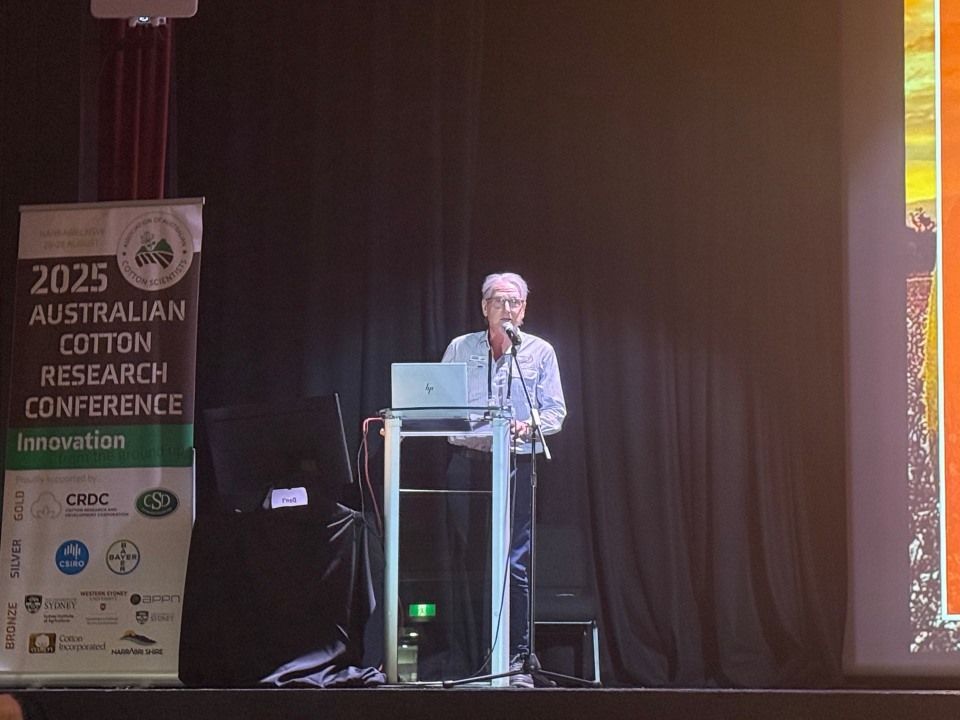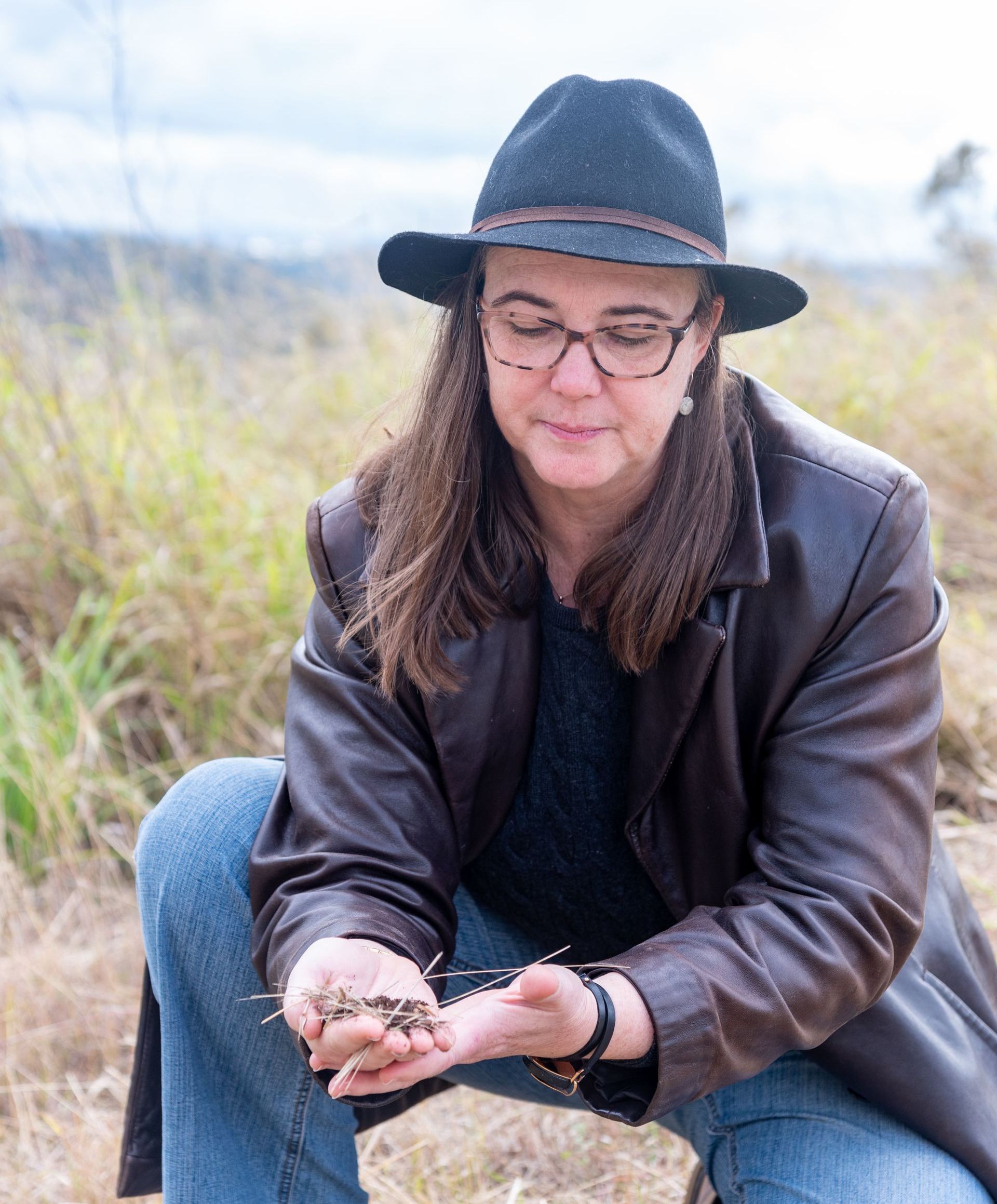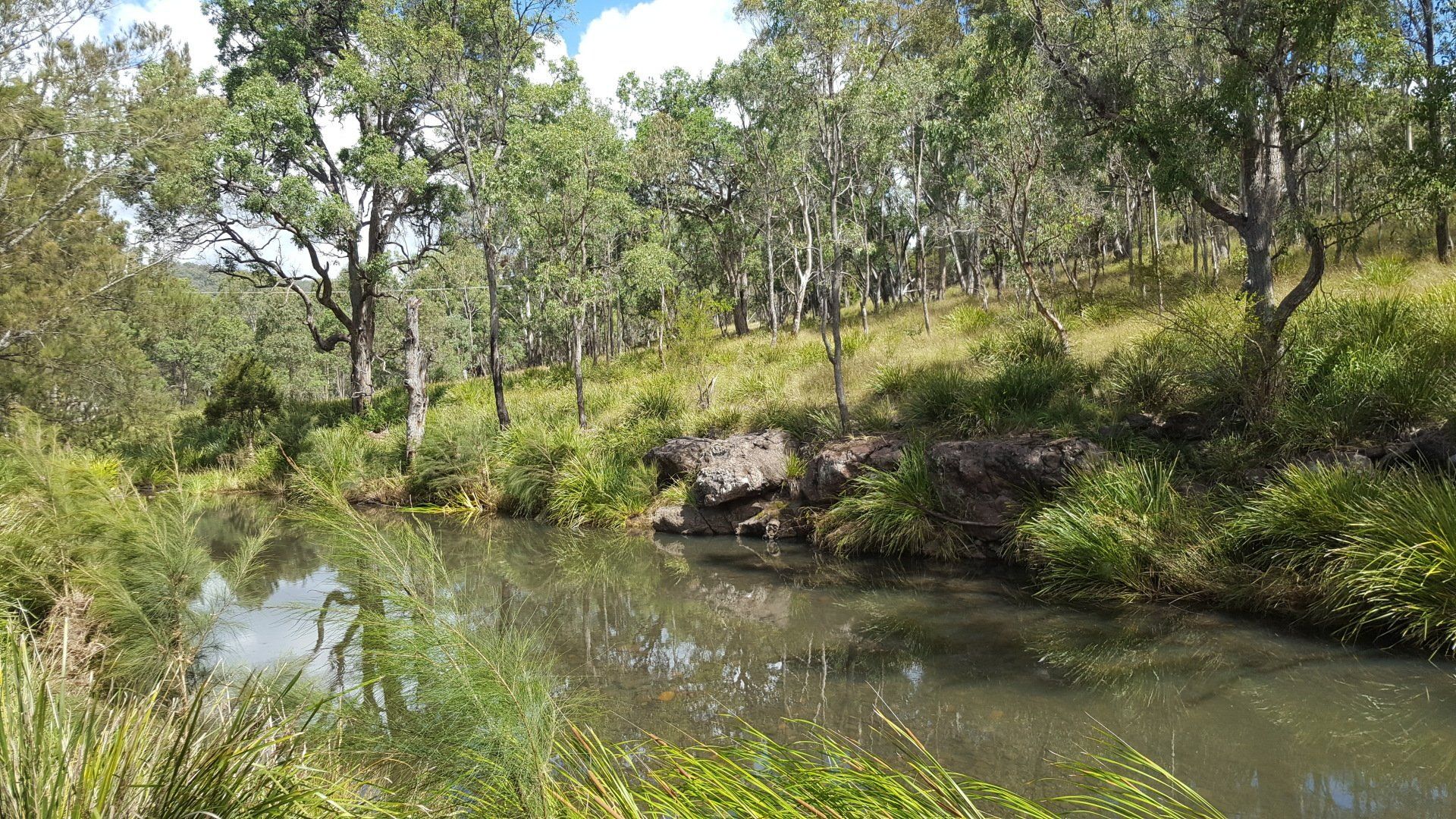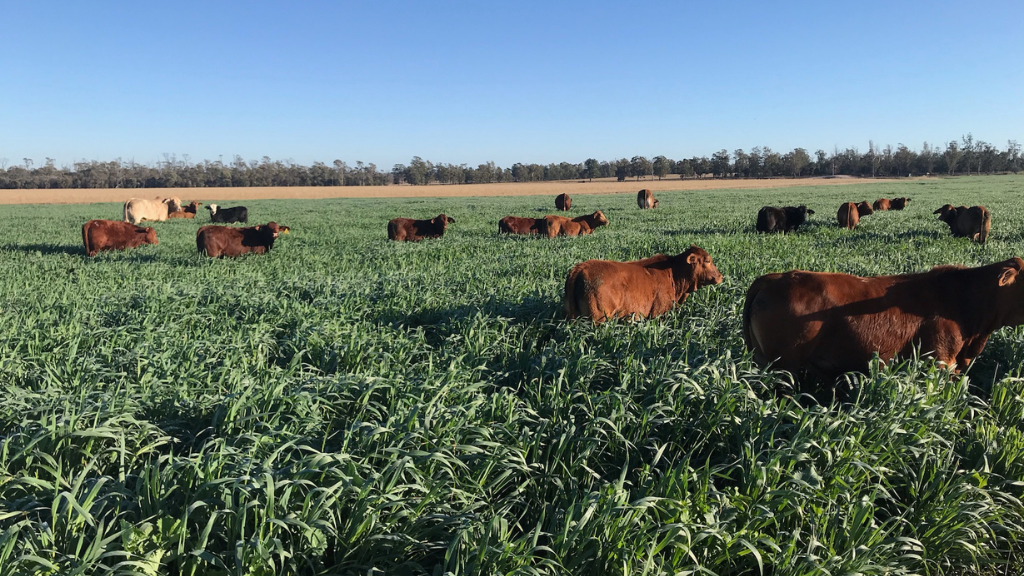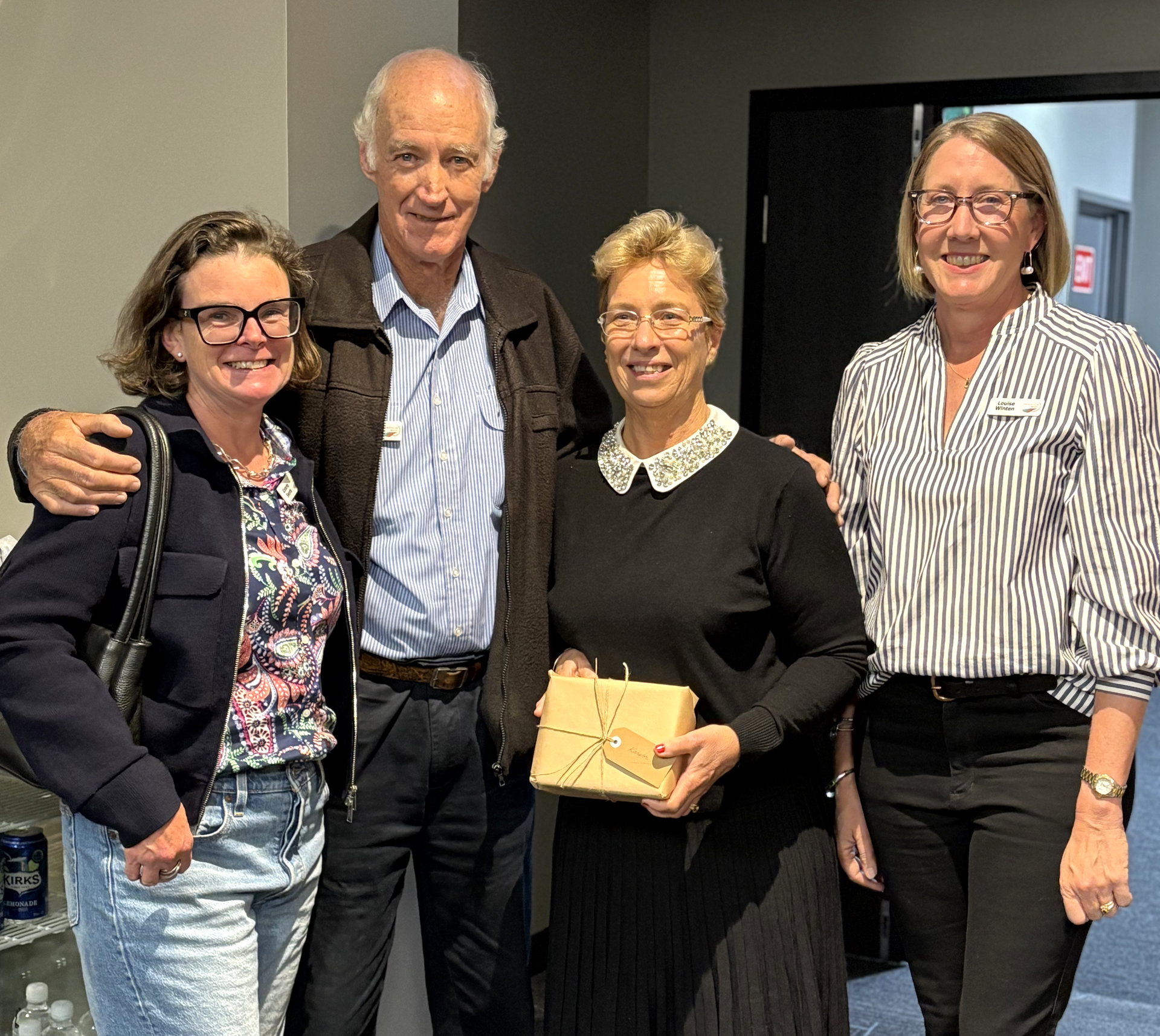“I’ll plant it with the multispecies every year now, and this year we were so impressed with the first year, so we did 86 hectares, which is all of our oats,” he said.
Soil scientist and Principal Project Officer Vanessa Macdonald said planting with multispecies is increasingly more attractive to land managers wanting to keep their soil healthy, boost productivity and save time on the tractor.
“If your focus is improving soil health, then diversity and multispecies is the key to achieving that. We see benefits for all land managers looking towards diversity. It’s about understanding your long term goals and what issues you’re trying to address,” Vanessa Macdonald said.
“The indicator that something needs to change is what’s present in the pasture. Take a look at the grasses - what species are there, and what species should be there? Are there weeds, signs of erosion, invasive species or native vegetation?” Ms Macdonald said.
“Land managers like Paul Maher are seeing real improvements in the land,” she said.
“With multispecies, there’s less maintenance - so it saves me time on the tractor and money on spraying chemicals. You just plant it and let it go. I don’t have to spray any weeds, because I haven't noticed any weeds. I’m hoping as I continue planting, the legumes in the multispecies will put more nitrogen into the soil so I can even reduce fertiliser input,” Paul Maher said.
“I’ve had people drive past and call in and see what's going on because it's somewhat unusual for the region. They’ll pull up and ask what I’m growing. It’s got oats, radish and all these white flowers - it’s eye-catching for people passing by,” Mr Maher said.
“My advice is that it’s about trial and error. Just do a small area and see how it goes on your property with your soil types,” he said
Vanessa Macdonald agreed saying working with your land and setting up for success is the best way forward.
“You’ll need to ask yourself, is the seed bed right, do I have moisture, have I got the right mix for my land? FARM can help you answer these questions,” Ms Macdonald said.
Land managers keen to learn more about multispecies cover cropping should get in contact with FARM Agronomy or Southern Queensland Landscapes today.
https://www.farmagronomy.com.au/

